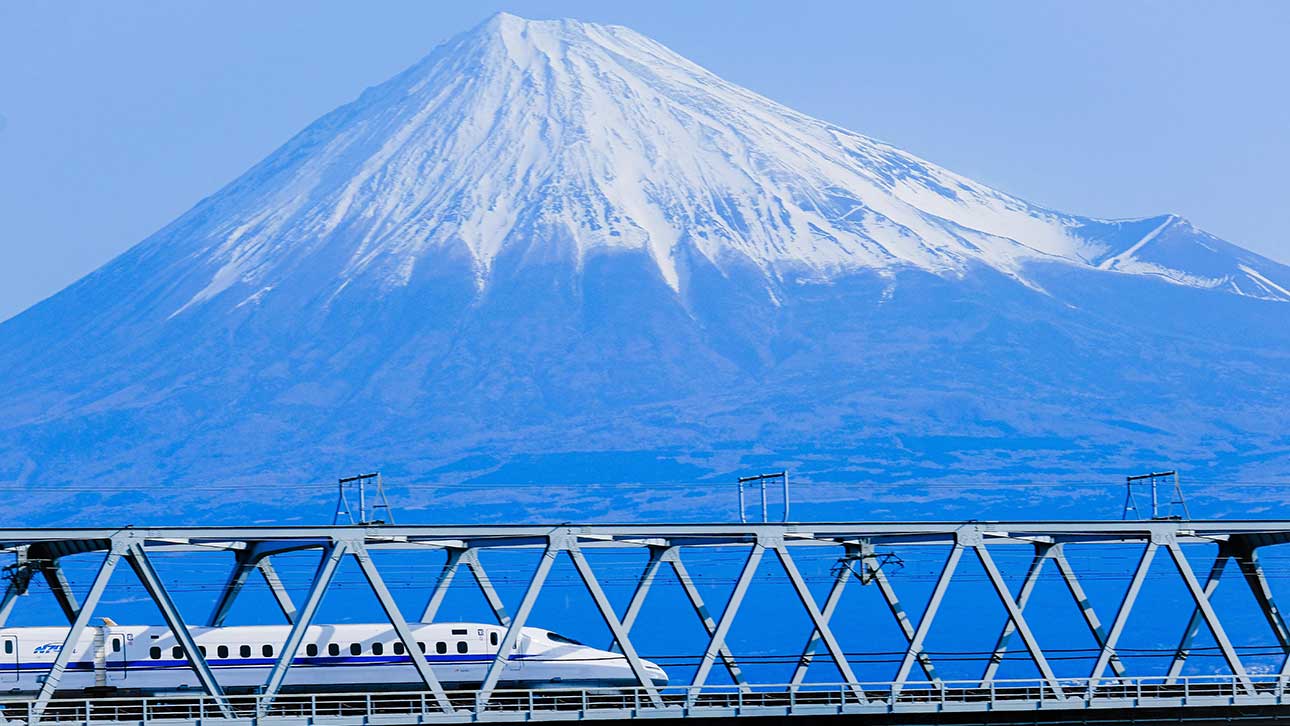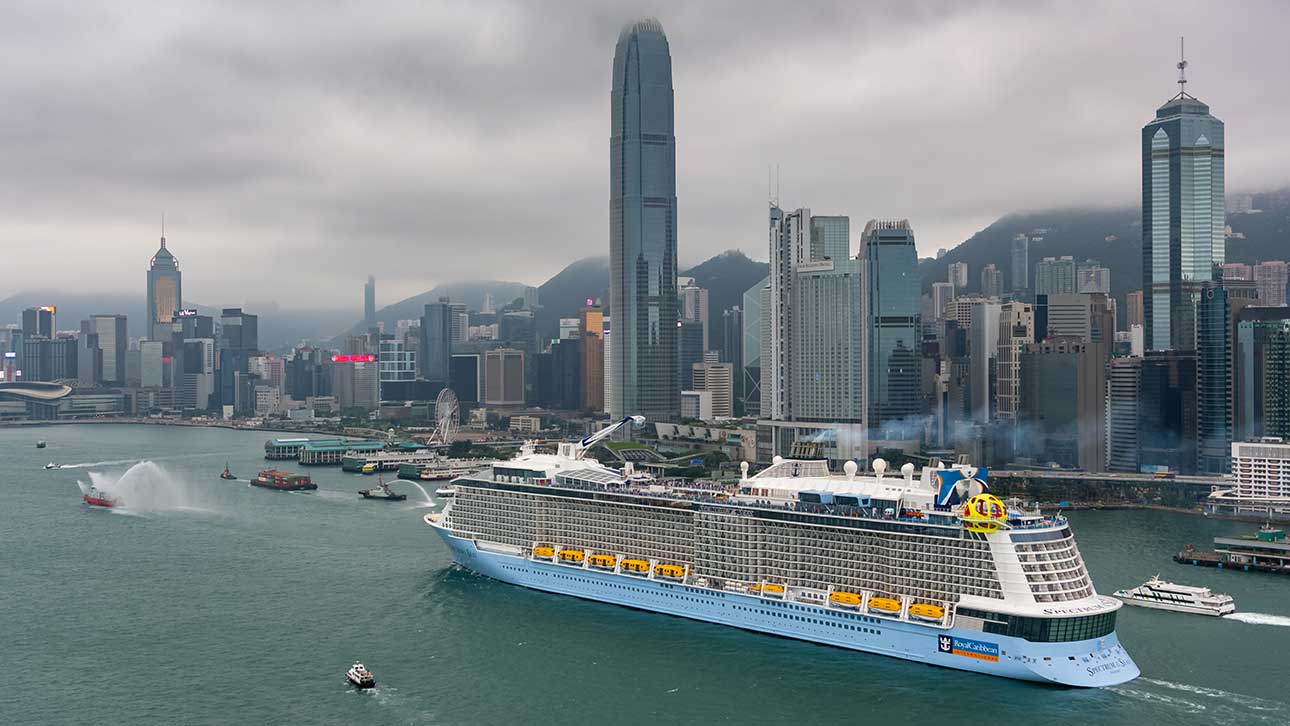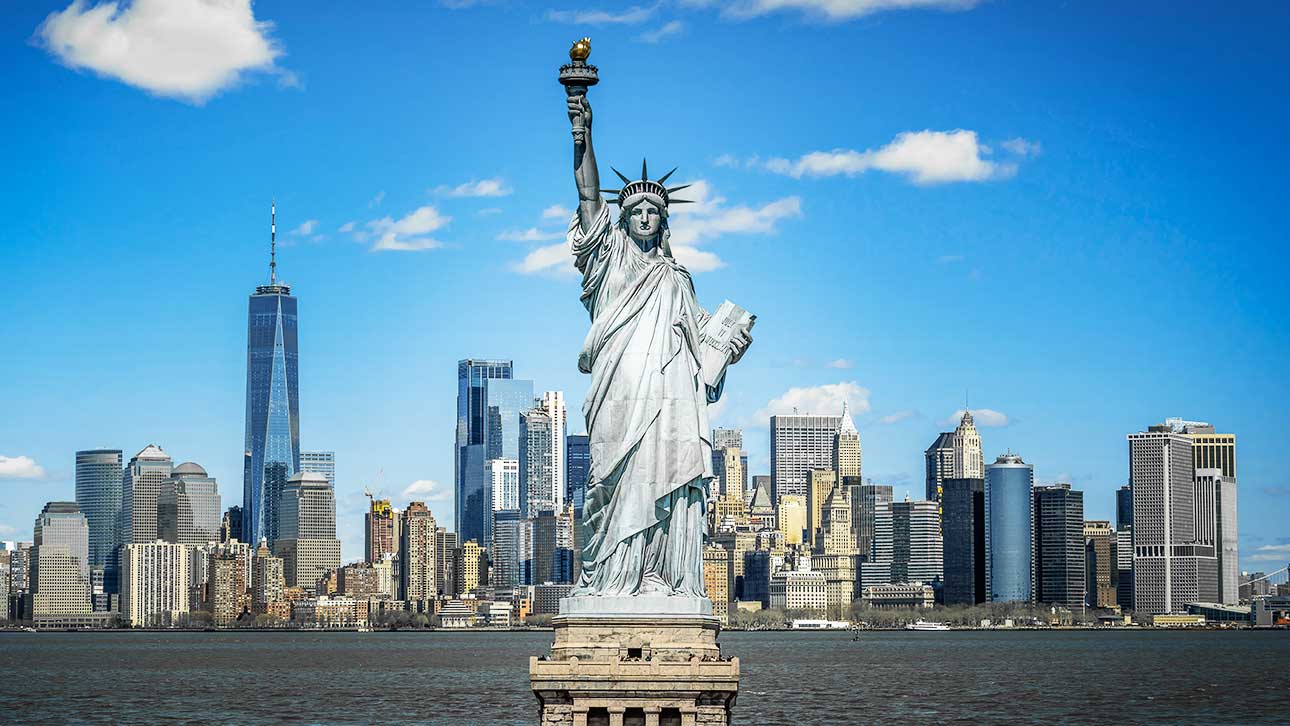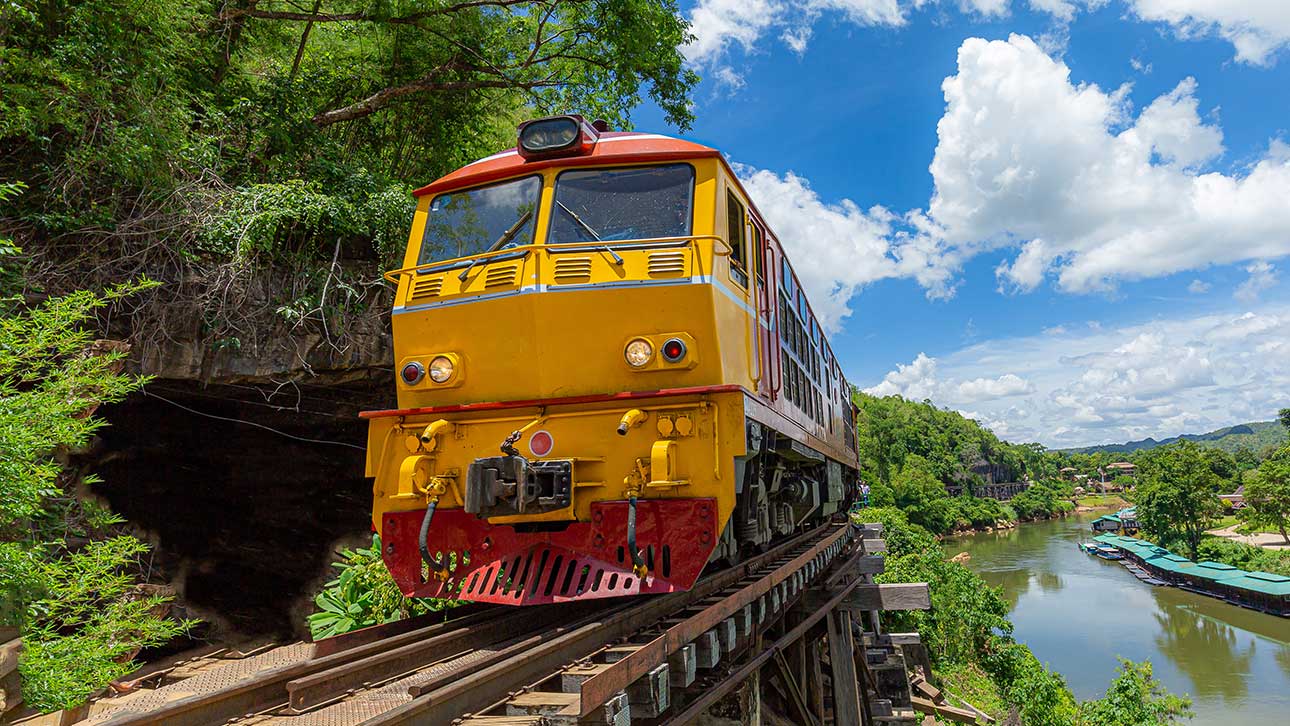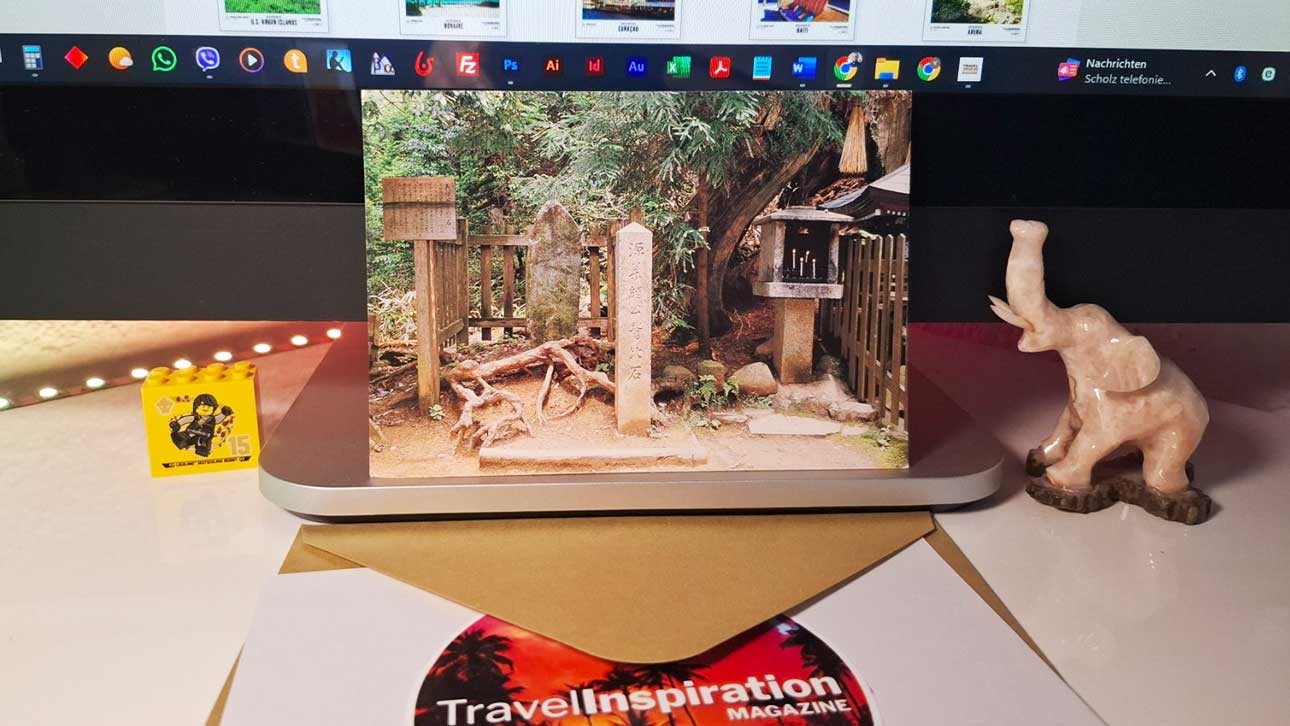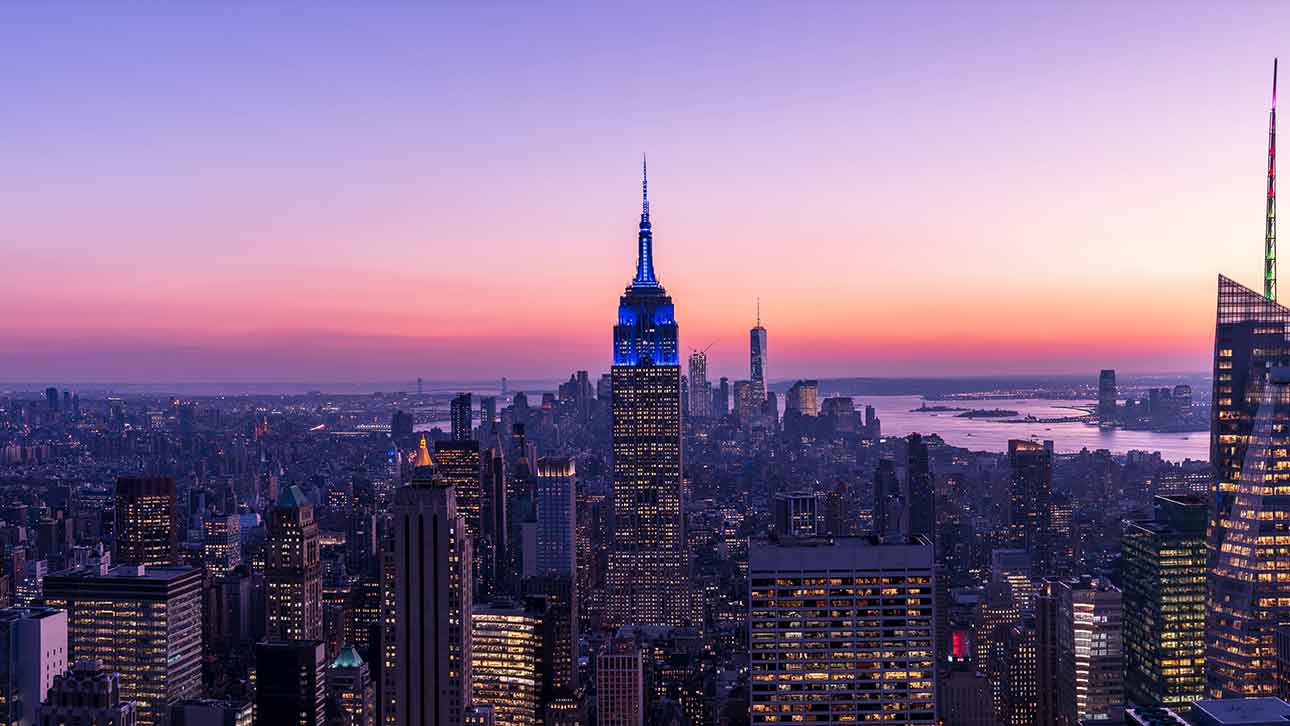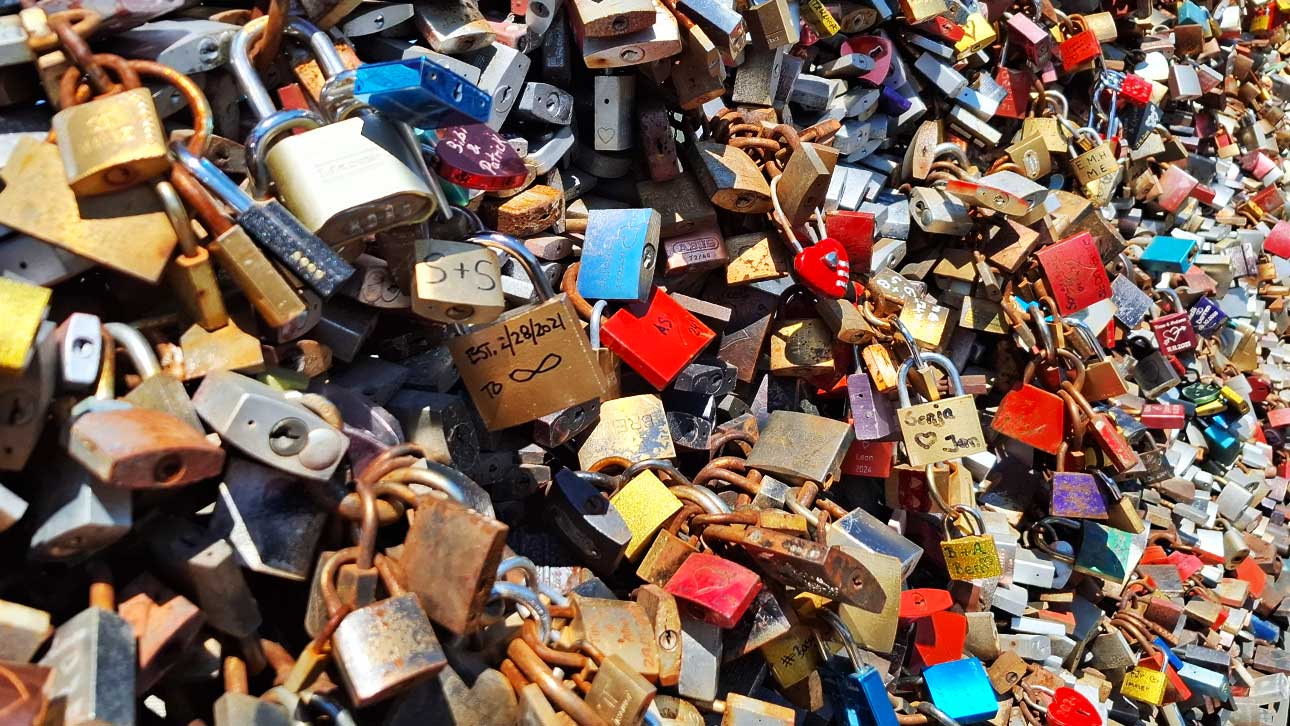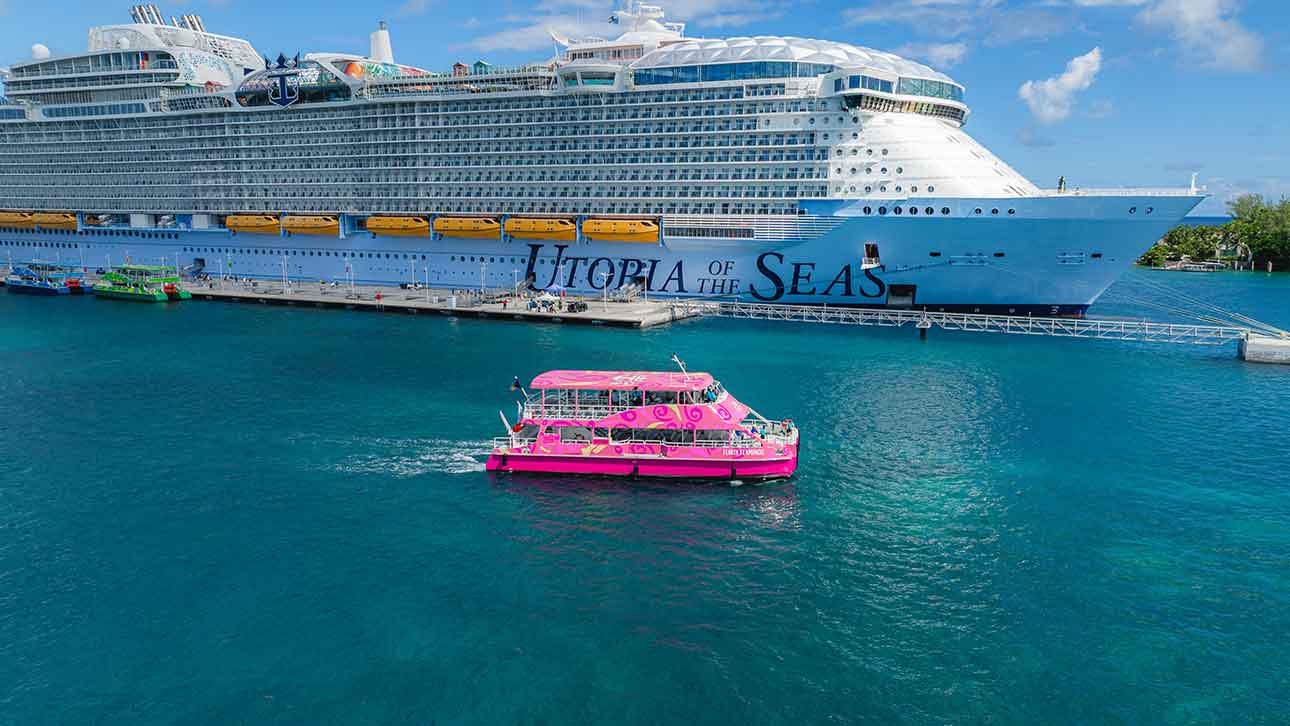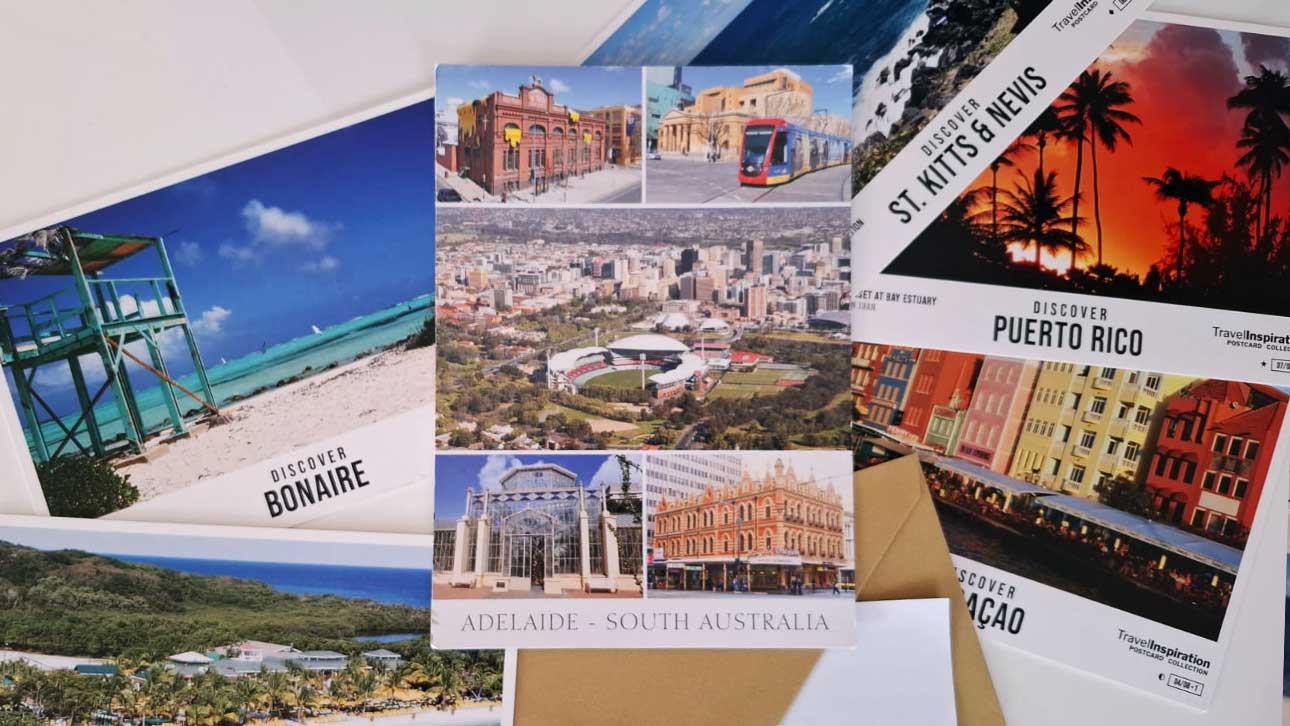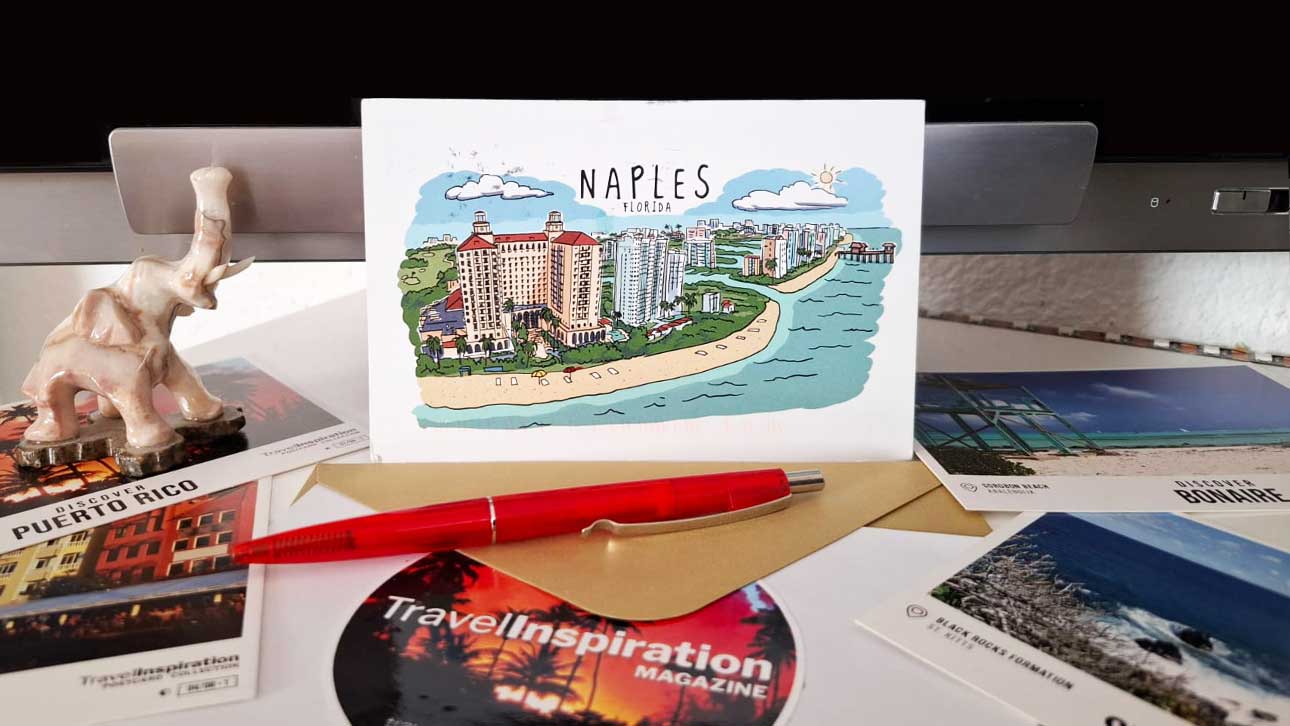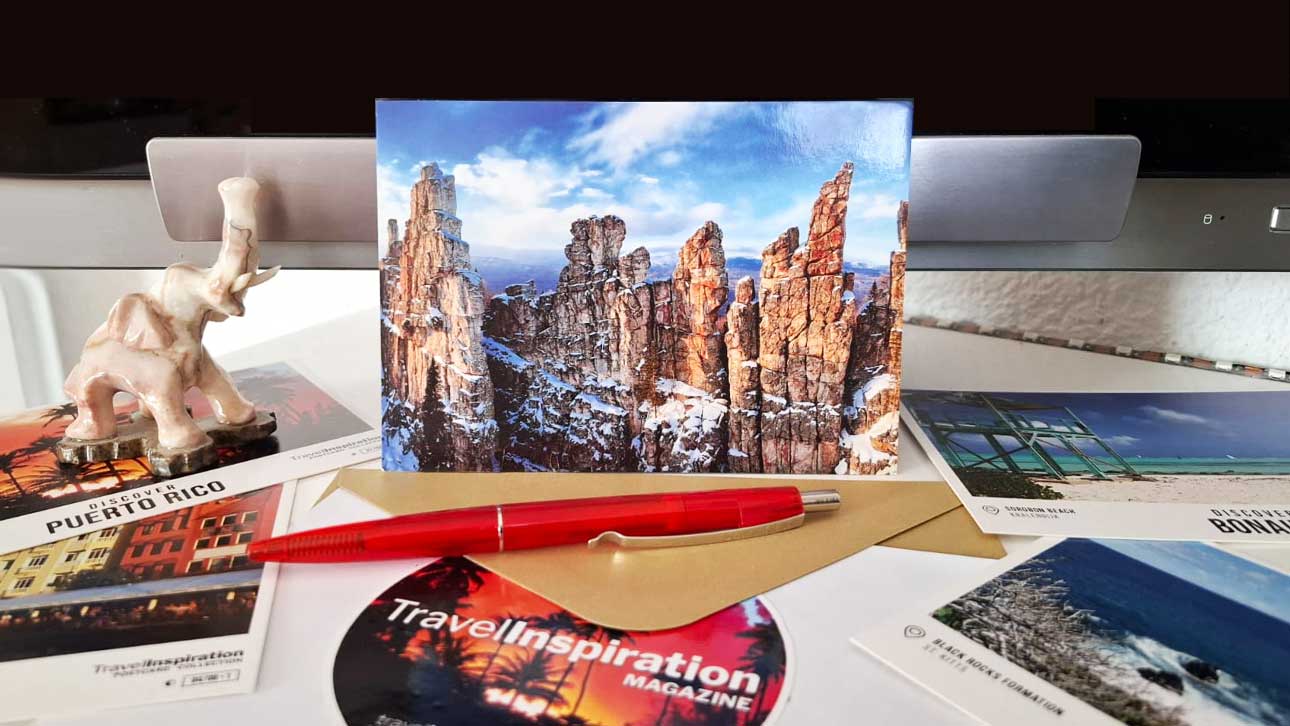
Japan’s famous Shinkansen, or bullet trains, are more than just a fast way to travel – they're a journey through the heart of a country that blends cutting-edge technology with ancient traditions.
Spanning from the bustling metropolis of Tokyo to the serene, historical streets of Kyoto and Nara, riding the Shinkansen offers an incredible opportunity to experience Japan’s contrasts. It’s a journey where skyscrapers give way to temples, and neon lights transition into quiet gardens.
Tokyo: The High-Tech Start
Our journey begins in Tokyo, the dynamic capital of Japan. Known for its futuristic skyline, neon-lit districts, and innovative tech, Tokyo is a city that never seems to slow down. Boarding the Shinkansen at Tokyo Station is an experience in itself. The station buzzes with efficiency and precision, a testament to Japan's mastery of punctuality. In a matter of minutes, you'll be whisked away from the bustling streets of the capital at speeds of up to 320 kilometers per hour.
As the train glides smoothly out of the city, you’ll get a glimpse of Mount Fuji on clear days, a reminder of Japan’s natural beauty amidst its urban sprawl. Tokyo is the epitome of modern Japan, but just a few hours away lies a different world entirely.
Kyoto: The Heart of Tradition
After speeding through Japan’s urban and rural landscapes, the Shinkansen brings you to Kyoto, Japan’s cultural and historical heart. Once the imperial capital, Kyoto is home to over a thousand temples and shrines, including the famous Fushimi Inari Shrine with its seemingly endless path of bright red torii gates, and the serene Kinkaku-ji, or Golden Pavilion, which glistens against the backdrop of a reflective pond.
Kyoto offers a stark contrast to the modernity of Tokyo. Here, the pace slows down, and the echoes of the past can be felt in every corner. The city’s ancient streets, wooden tea houses, and traditional gardens provide a window into Japan’s rich history and its preserved customs. Exploring Kyoto feels like stepping back in time — yet it’s easily accessible thanks to the country’s advanced rail system.
Nara: Ancient Beginnings
Just a short Shinkansen ride from Kyoto is Nara, one of Japan’s oldest cities. As the country’s first permanent capital, Nara is steeped in history and is known for its ancient temples, including Todai-ji, home to the world’s largest bronze Buddha statue. But Nara is perhaps best known for its friendly deer, which roam freely through Nara Park, bowing to visitors in exchange for special deer crackers. Interacting with these gentle creatures is a unique experience that ties back to Nara’s ancient Shinto traditions.
While Nara is smaller than both Tokyo and Kyoto, its charm lies in its tranquility. Here, nature and history intertwine, offering a peaceful respite from the speed and energy of Japan’s urban centers.
Osaka: A Taste of Modern Japan’s Soul
As your Shinkansen journey continues, Osaka awaits. Known as Japan’s kitchen, Osaka is the place to experience Japan’s famous street food culture. From takoyaki (octopus balls) to okonomiyaki (savory pancakes), the city is a paradise for food lovers. Osaka is a vibrant, modern city with its own distinct personality, often described as more laid-back and humorous than its counterparts.
The city’s towering skyscrapers and bustling districts, like Dotonbori with its iconic neon signs, showcase the modern face of Japan, but Osaka’s rich history is also evident in landmarks like Osaka Castle, which offers stunning views of the city.
Hiroshima: A City of Peace
Another key stop on the Shinkansen route is Hiroshima. Known worldwide for its tragic history, the city has rebuilt itself as a beacon of peace and resilience. Visiting the Peace Memorial Park and Museum is a deeply moving experience, offering a glimpse into the past while highlighting the city’s hopeful future.
Nearby, Miyajima Island and its iconic floating torii gate offer yet another opportunity to explore Japan’s natural beauty and spiritual heritage. The island’s stunning views and ancient shrines provide a peaceful contrast to the bustling cities that surround it.
The Seamless Experience of Shinkansen Travel
The beauty of traveling across Japan by Shinkansen is the seamlessness of the journey. Despite the country’s diverse landscapes and cultures, the bullet train links each destination effortlessly, allowing you to experience the very best of modern and traditional Japan without ever feeling disconnected.
The Shinkansen itself is a marvel of modern engineering. The trains are known for their impeccable punctuality, comfort, and speed, with spacious seating, quiet cabins, and large windows that offer breathtaking views of the Japanese countryside. Whether you're zooming past rice fields, catching a glimpse of Mount Fuji, or watching the urban sprawl give way to peaceful mountains, the Shinkansen ride is an experience in itself.
Blending Old and New
Japan’s bullet trains symbolize the country’s ability to harmoniously blend the old with the new. From the cutting-edge technology that makes the Shinkansen one of the fastest trains in the world to the ancient traditions that still thrive in cities like Kyoto and Nara, this journey across Japan offers a rare glimpse into a culture that honors its past while embracing its future.
As your journey takes you from high-tech cities to serene temples, from neon-lit streets to peaceful shrines, you’ll come to understand why Japan is a country of contrasts — and why those contrasts are what make it such an unforgettable destination.
So, whether you’re drawn to the dazzling lights of Tokyo or the quiet beauty of Kyoto, riding the Shinkansen offers the ultimate way to experience Japan’s unique blend of modernity and tradition.
Did you enjoy this article?
If you love discovering inspiring stories and unique places, download our free app "Travel Inspiration Magazine" from Google Play! No annoying ads. No distractions. Just pure reading pleasure.
📲 Install from Google Play![Български [BG] Български [BG]](/media/mod_languages/images/bg_bg.gif)
![English [EN] English [EN]](/media/mod_languages/images/en_gb.gif)

